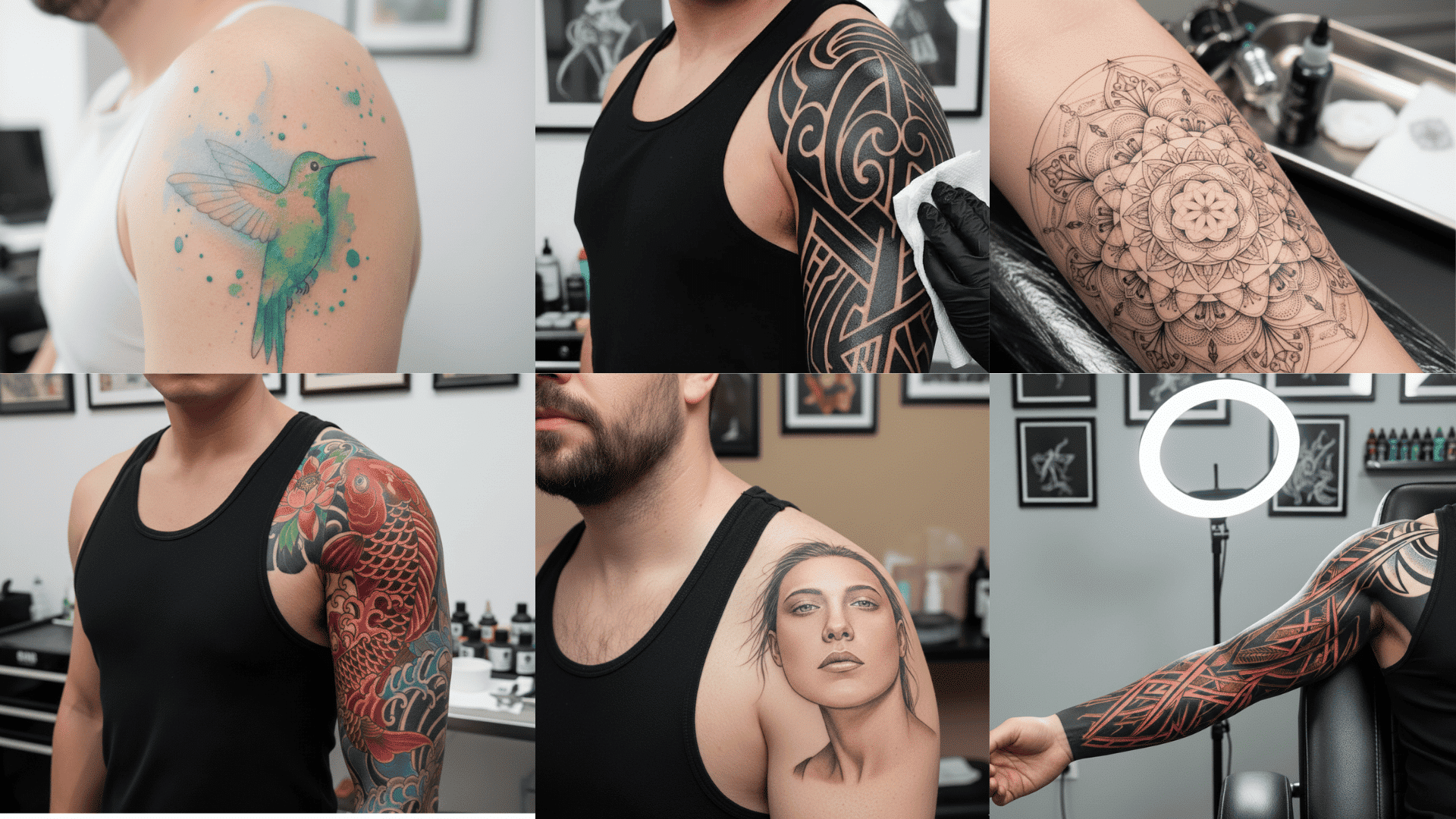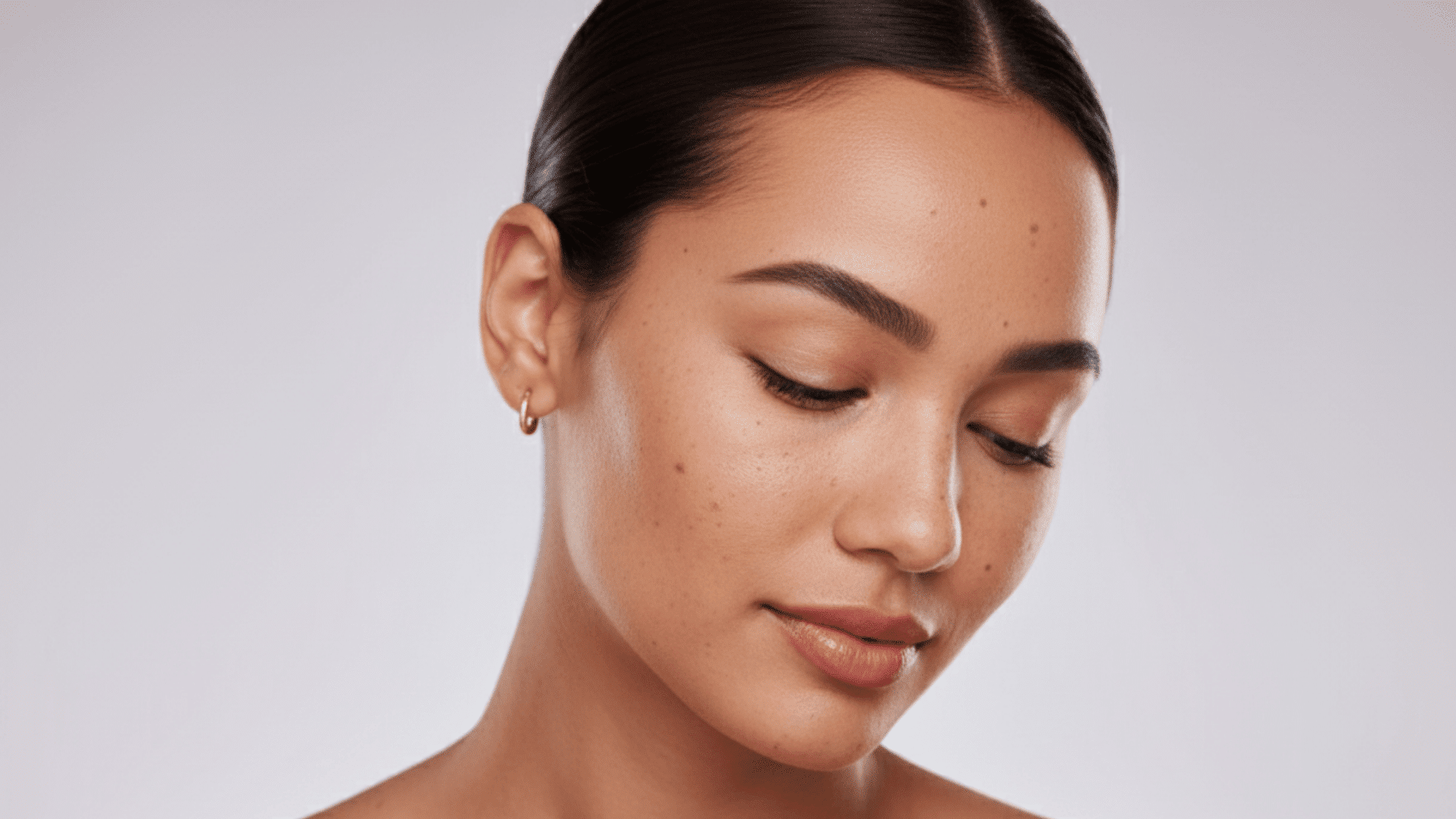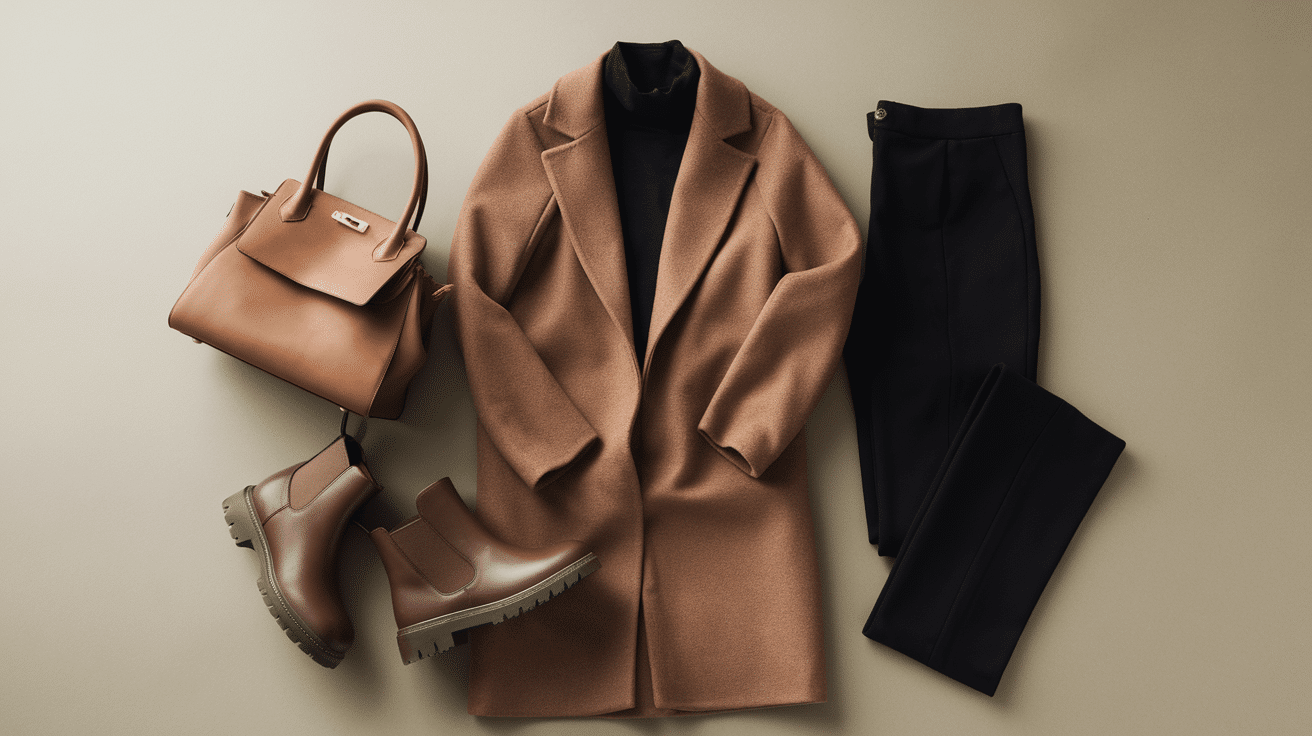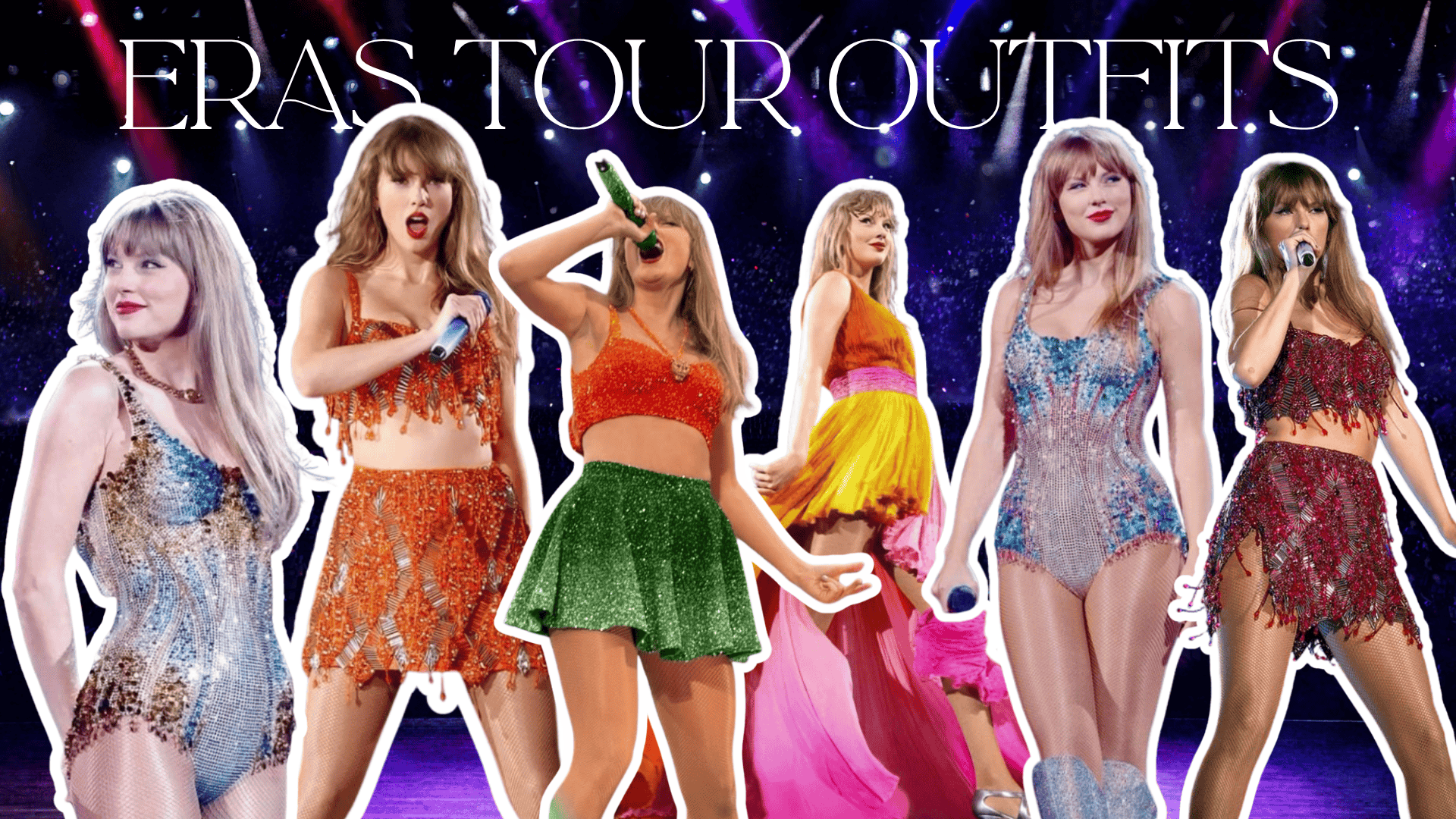Tattoos are more than body art; they’re timeless forms of self-expression shaped by culture, technique, and creativity.
Each style of tattoos tells a story through lines, shading, and symbolism, reflecting both personal identity and artistic mastery.
From bold traditional designs to soft watercolor blends, every style follows its own visual rules and history.
Knowing these styles helps you choose artwork that truly fits your vision.
This blog offers expert insight, examples, and artist-approved tips to help you appreciate how different tattoo styles developed.
What makes each one unique is that it ensures your next tattoo feels meaningful and lasting.
Modern Tattoo Styles
Modern tattoo styles combine classic craftsmanship with new artistic ideas, creating designs that are bold, experimental, and deeply personal.
Styles like Surrealism, Trash Polka, Biomechanical, Chicano, and Microrealism bring unique textures, color contrasts, and emotions to the skin.
Each approach pushes creativity further by blending precision with storytelling.
These styles often reflect individuality, allowing artists to merge technique and imagination.
Modern tattoos stand out for their expressive details and ability to turn skin into a canvas of contemporary art and emotion.
Major Types of Tattoo Styles
Tattoo styles vary widely, each with distinct techniques, visuals, and histories.
From bold outlines to fine details, these styles influence how the design ages and expresses meaning.
Below are some of the most popular types of tattoo styles in 2025.
1. American Traditional (Old School)
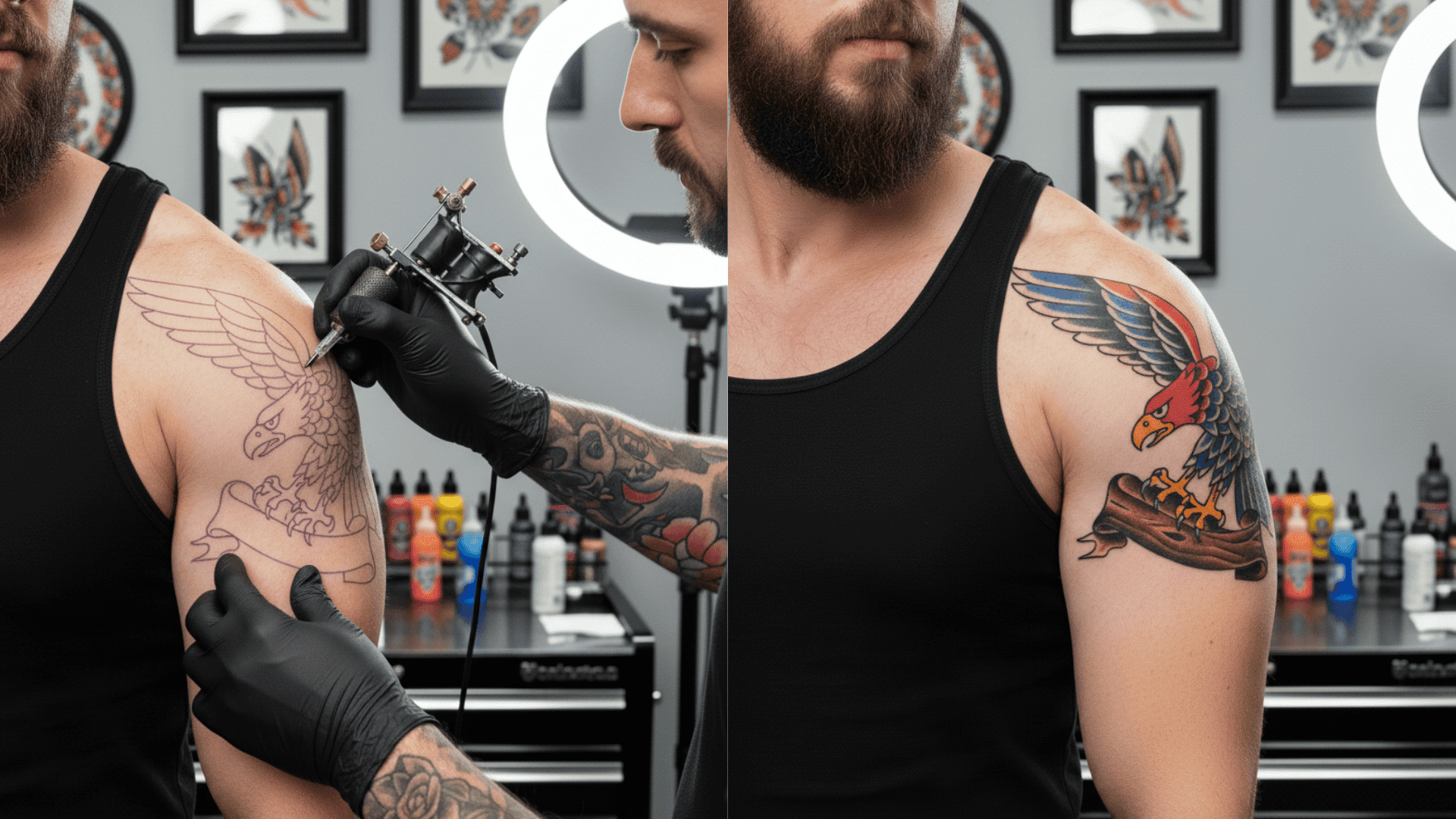
Known for bold outlines, limited color palettes, and iconic motifs like roses, anchors, and swallows.
This style highlights strong contrast and durability, ensuring tattoos remain clear and striking over time.
It’s perfect for those who value vintage art and timeless symbolism in their tattoos.
Symbolism: Strength, loyalty, and resilience,a nod to traditional tattoo heritage.
2. Neo-Traditional
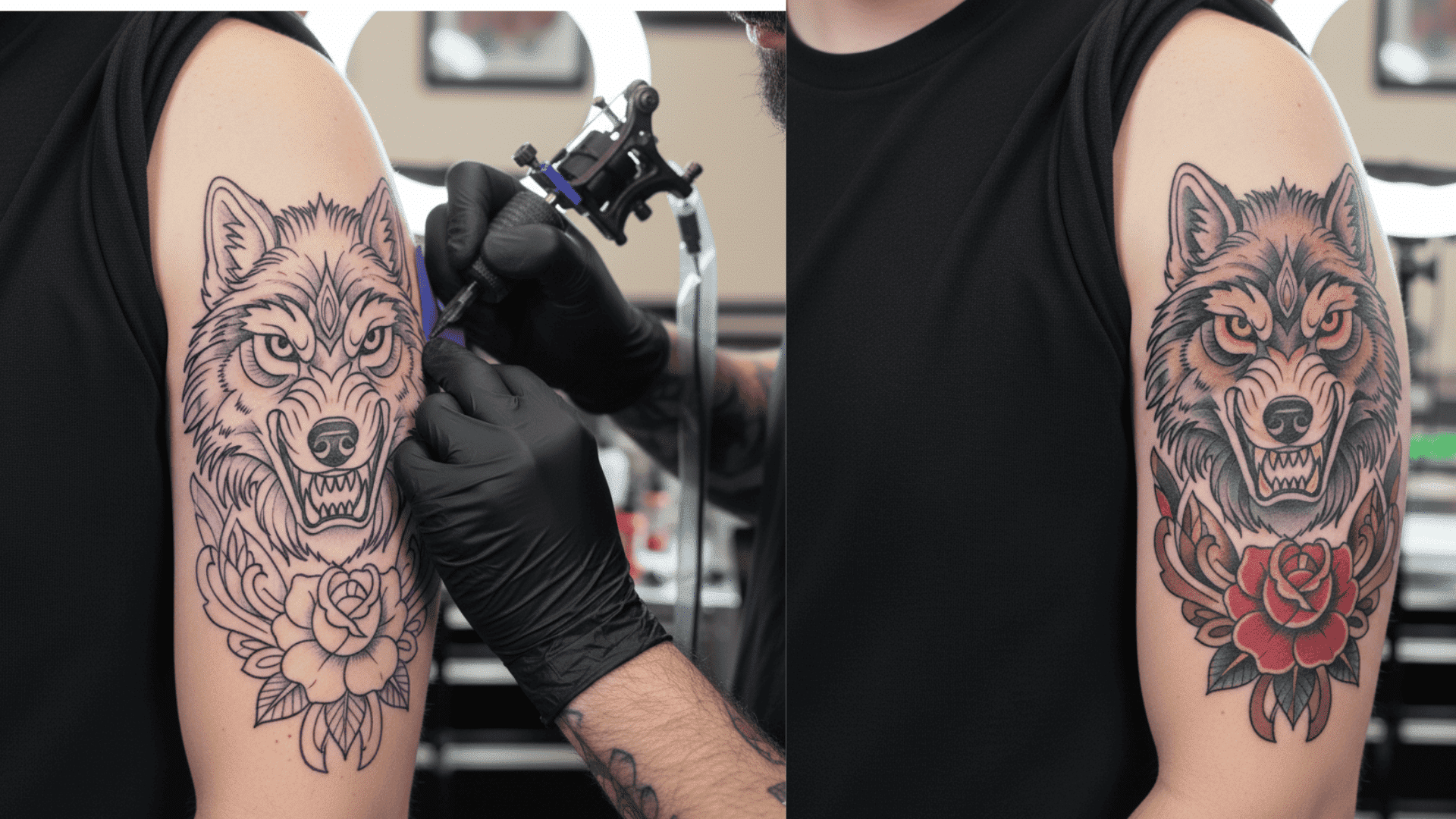
This design combines traditional boldness with richer color gradients, detailed shading, and more realistic imagery.
It keeps the classic foundation while offering greater artistic depth and storytelling.
Ideal for anyone seeking a balance between old-school charm and modern creativity.
Symbolism: Individuality, growth, and a blend of classic and modern values.
3. Realism (Black & Grey or Color)
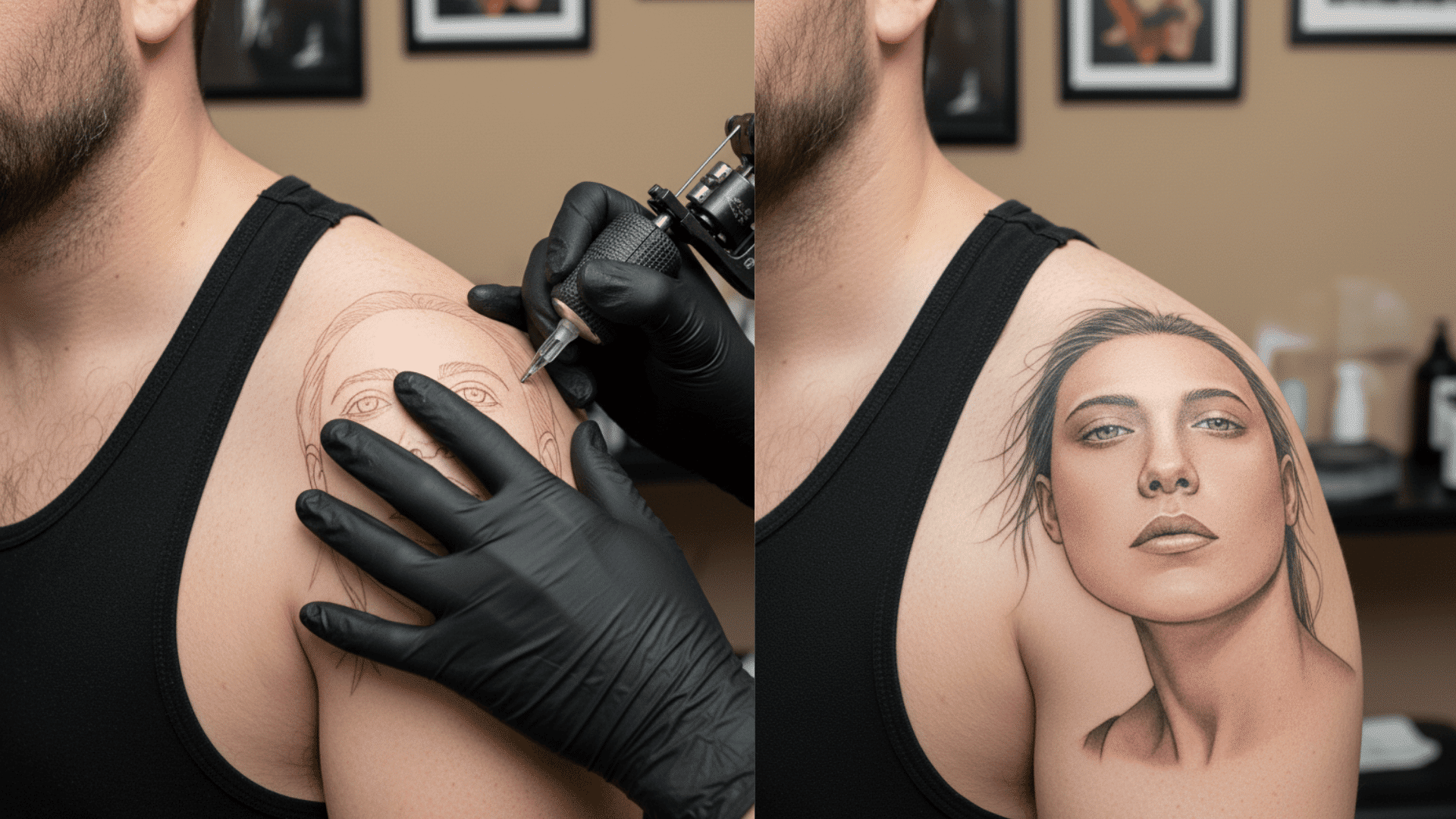
This work focuses on lifelike portraits, animals, or nature scenes.
Artists use smooth shading and layering to mimic real images, demanding high technical skill and precision.
This style suits people who want their tattoos to look like photographs or fine art pieces.
Symbolism: Authenticity, memory preservation, and admiration for real-life beauty.
4. Japanese (Irezumi)

Recognized for large, flowing designs featuring koi fish, dragons, and samurai.
This style reflects deep cultural symbolism and often follows traditional body placements for visual harmony.
It’s chosen by those who appreciate tattoos rich in meaning, history, and storytelling.
Symbolism: Honor, courage, protection, and the harmony between humans and nature.
5. Tribal
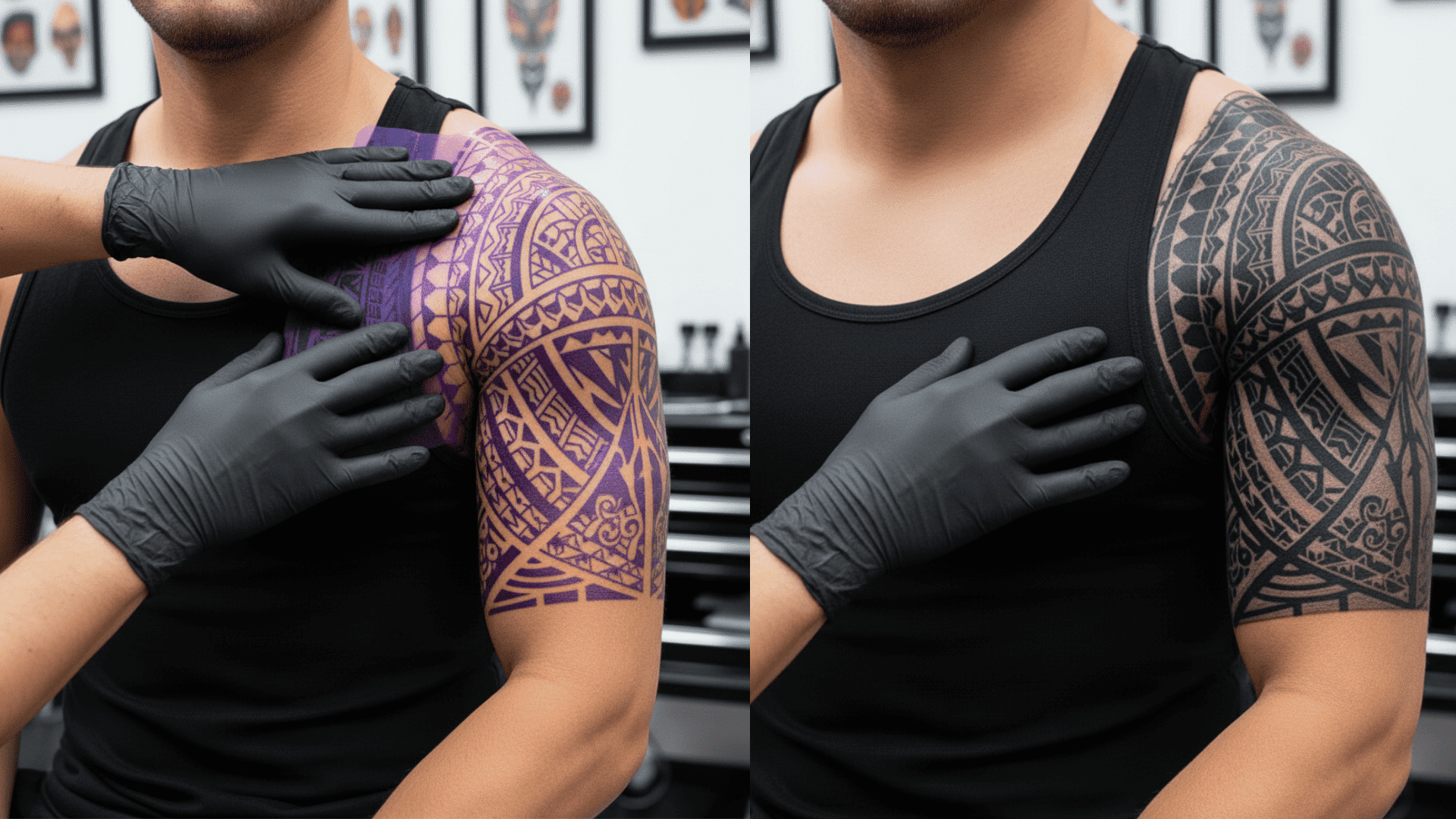
One of the oldest tattoo forms, using bold black lines and geometric patterns rooted in Polynesian, Maori, and African cultures.
Each pattern often represents strength, heritage, or spiritual identity.
Tribal tattoos remain popular for their deep connection to ancestry and cultural pride.
Symbolism: Strength, tradition, and spiritual connection to one’s roots.
6. Watercolor
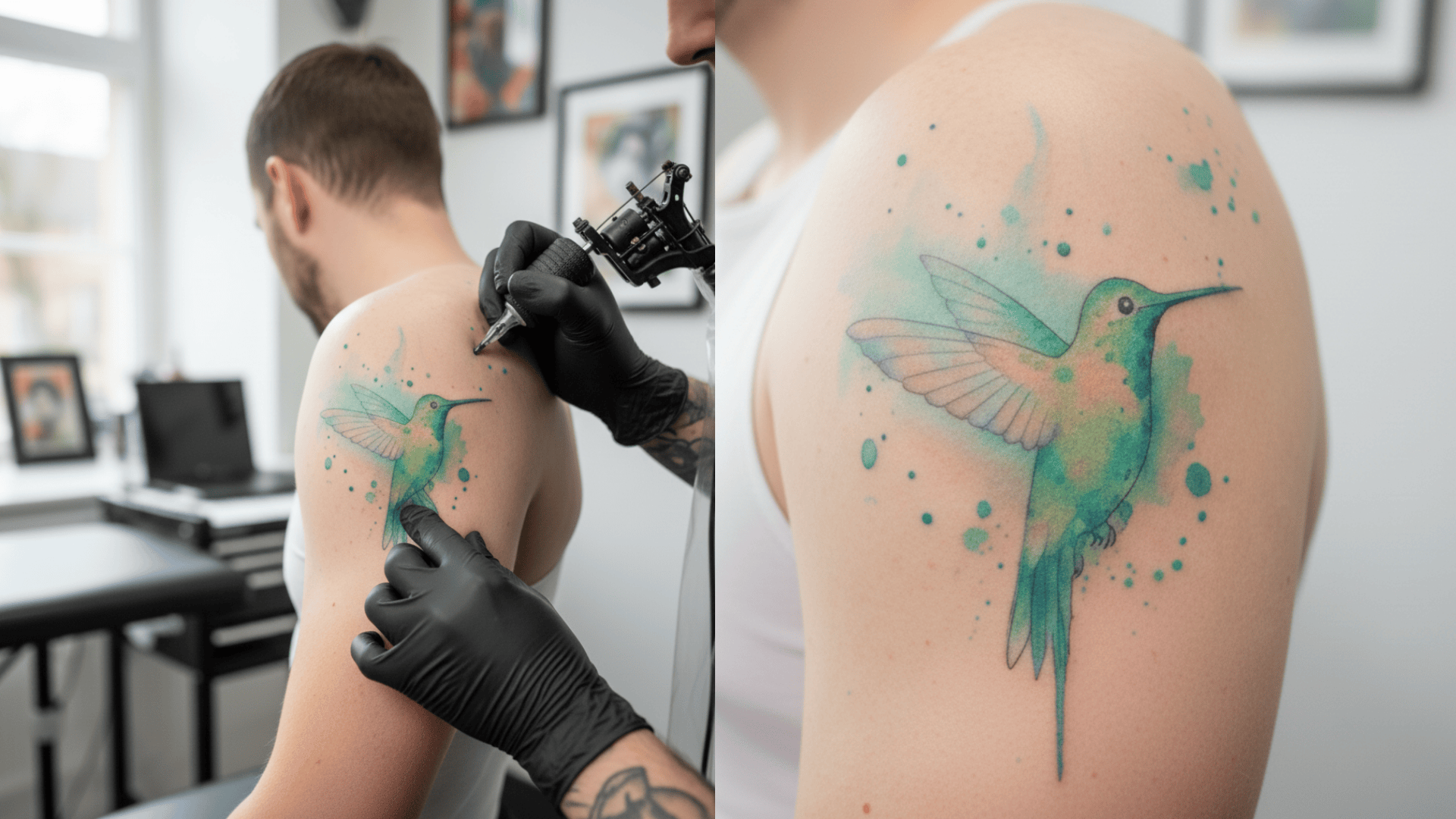
Characterized by blended hues that appear painted on the skin.
It skips outlines and relies on shading transitions, making it visually soft but requiring expert technique to prevent fading.
This style appeals to people drawn to artistic, expressive, and colorful tattoo designs.
Symbolism: Creativity, freedom, and emotional expression.
7. Minimalist & Fine Line

Minimalist tattoos rely on simplicity, thin lines, subtle shading, and small-scale designs that highlight clean execution.
They’re often personal, representing delicate or meaningful moments.
Ideal for first-time tattoo enthusiasts or those who prefer subtlety, these tattoos blend style with intention.
Symbolism: Simplicity, mindfulness, and appreciation for small but meaningful details.
8. Geometric & Dotwork

Built around symmetry, mathematical accuracy, and repeating patterns, these tattoos combine art and structure.
Artists use precise lines or dot shading to create detailed, balanced visuals.
This style attracts people who appreciate order, symbolism, and intricate design.
It often represents harmony, stability, and the connection between art and logic.
Symbolism: Balance, spirituality, and the natural order of life’s patterns.
9. Blackwork

Using pure black ink, this style creates high contrast and bold imagery.
It may feature abstract patterns, tribal influences, or designs built entirely through negative space.
Blackwork is a strong choice for those who prefer visually striking art that commands attention.
It represents confidence, individuality, and artistic freedom.
Symbolism: Confidence, strength, and personal transformation.
10. Modern & Hybrid Styles
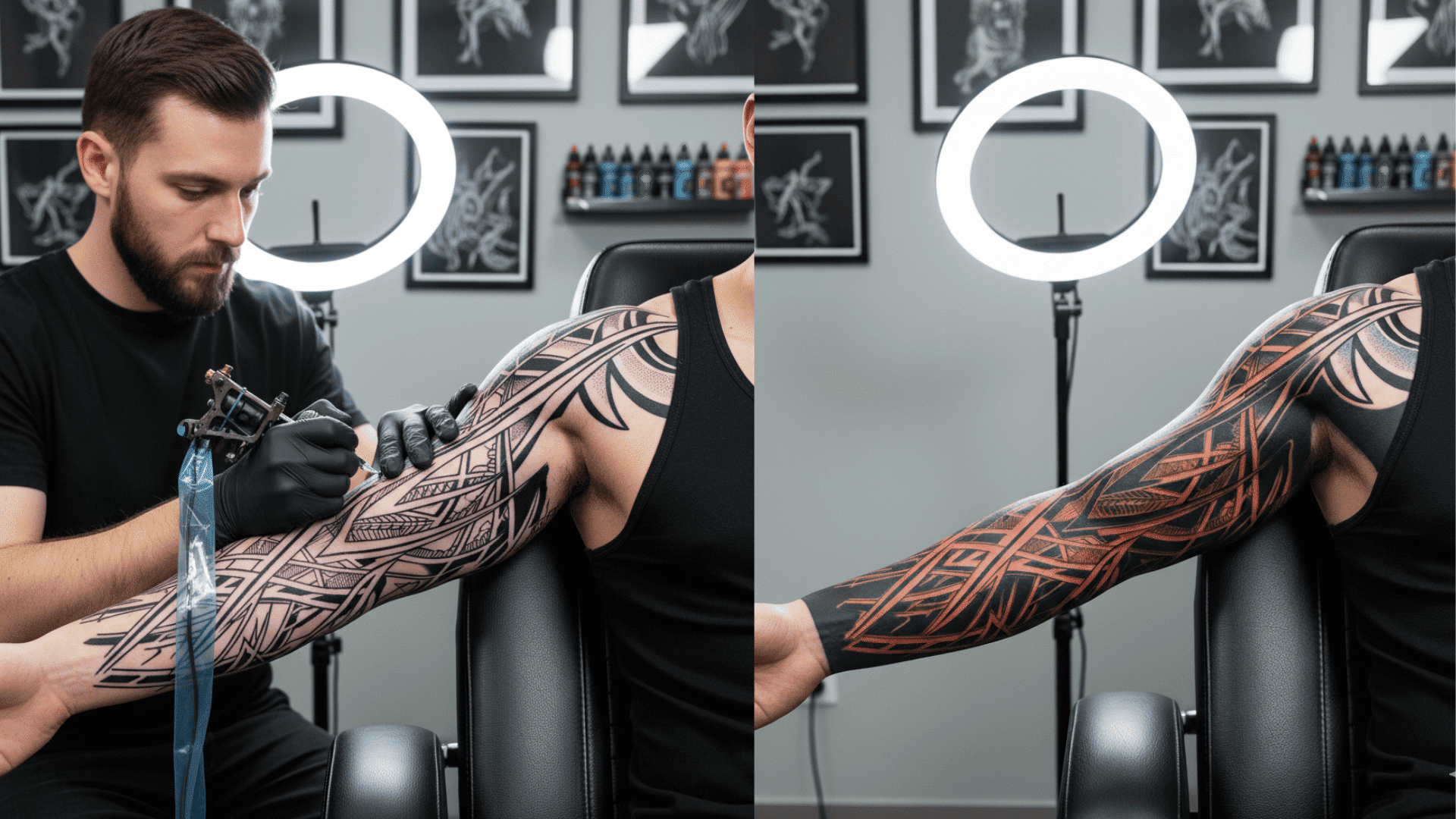
Contemporary tattoo art blends classic methods with new artistic approaches, like Surrealism, Trash Polka, Biomechanical, Chicano, and Microrealism.
Each offers unique textures, colors, and emotions.
These styles are ideal for creative thinkers who want something unconventional.
They combine imagination, precision, and storytelling to produce tattoos that stand out as true personal expressions.
Symbolism: Creativity, individuality, and breaking artistic boundaries.
Aesthetic Tattoo Style
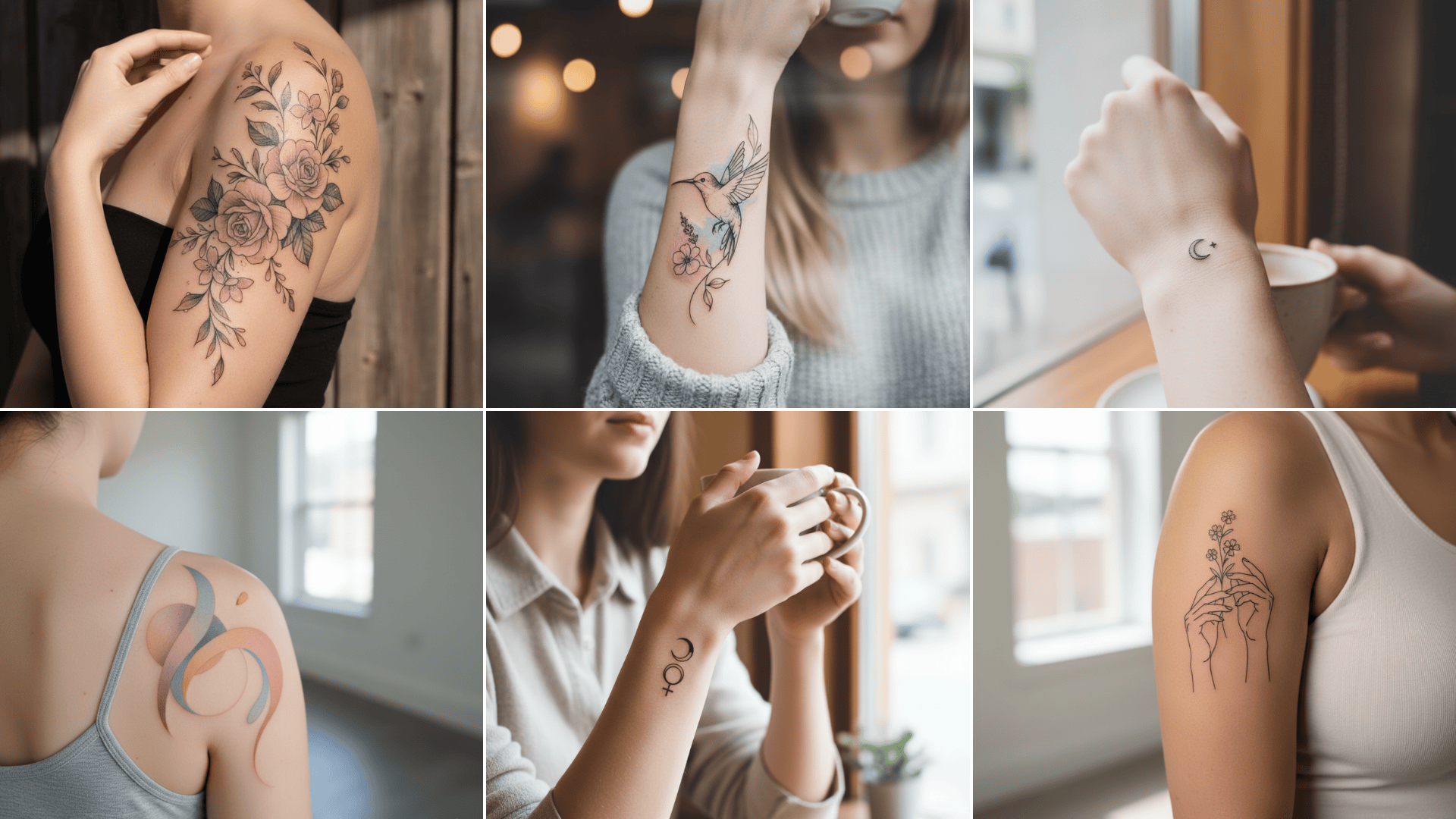
Aesthetic tattoos focus on beauty, simplicity, and how art complements the body’s natural flow.
These designs highlight balance, fine details, and thoughtful placement rather than bold outlines or heavy shading.
They are ideal for those who prefer refined and meaningful body art that feels personal and timeless.
Some popular types of aesthetic tattoos you can consider:
- Floral Tattoos: Soft petals or vines symbolizing growth and grace.
- Line Art Tattoos: Clean, minimal outlines forming beautiful figures or faces.
- Abstract Tattoos: Shapes and gradients expressing emotions through form.
- Micro Tattoos: Tiny, delicate designs for subtle personal meaning.
- Symbolic Tattoos: Minimal icons representing beliefs or memories.
- Color Accent Tattoos: Monochrome designs with a small, gentle color highlight.
Choosing the Right Tattoo Style
Picking a tattoo style should reflect who you are and what you want your tattoo to represent.
Every style of tattoos offers a different mood; some are bold and expressive, while others are subtle or symbolic.
Factors like skin tone, placement, and artist expertise can affect how a tattoo heals and appears.
Reviewing portfolios and consulting professionals helps ensure your design suits your vision and lasts beautifully.
Quick Guide to Choosing the Right Tattoo Style
This is a quick reference table to help you compare different tattoo styles based on your preferences and lifestyle:
| Factor | What to Consider | Best Style Examples |
|---|---|---|
| Meaning | Symbolism or story behind the tattoo | Japanese, Tribal, Realism |
| Design Preference | Bold, colorful, or minimal designs | Traditional, Watercolor, Minimalist |
| Placement | Size and visibility of the tattoo | Geometric, Fine Line, Neo-Traditional |
| Lifestyle | Professional and personal suitability | Minimalist, Blackwork, Realism |
Insights from Tattoo Artists
Professional tattoo artists offer valuable advice that helps clients make informed and safe choices.
Their experience ensures tattoos look great, heal properly, and last longer.
The six key insights to keep in mind:
- Prepare Your Skin: Keep it hydrated and avoid sunburn before getting tattooed for better ink absorption.
- Select a Specialist: Choose an artist skilled in your preferred style of tattoos for accurate results.
- Review Healed Work: Check healed photos to see how the artist’s designs age over time.
- Check Studio Hygiene: Ensure tools, needles, and materials are fully sterilized and disposable.
- Follow Aftercare Instructions: Clean gently, moisturize, and avoid scratching to prevent fading.
- Plan for Long-Term Care: Use sunscreen and schedule touch-ups to keep your tattoo vibrant.
Conclusion
Tattoo styles reflect individuality, culture, and creativity, offering countless ways to express personal meaning through art.
From bold traditional pieces to delicate fine-line designs, each style of tattoos requires skill, planning, and proper care.
Taking time to research styles, consult experienced artists, and follow aftercare advice ensures your tattoo remains clear and meaningful for years.
Tattoos are lifelong art forms, so choosing wisely brings both confidence and satisfaction.
If you’ve found a style that inspires you or have questions about your next tattoo.
Share your thoughts or ask in the comments; your insights might help others make their own tattoo decisions.
Frequently Asked Questions
Which Tattoos Don’t Age Well?
Tattoos with fine lines, watercolor designs, and light colors tend to fade faster and don’t age as well as bold, dark styles.
Where Do Tattoos Hurt the Most?
Tattoos hurt the most on areas with thin skin or near bones, such as ribs, ankles, spine, and elbows.
What is the Pinch Test for Tattoos?
The pinch test checks skin elasticity to determine if an area is flexible and suitable for tattooing.

